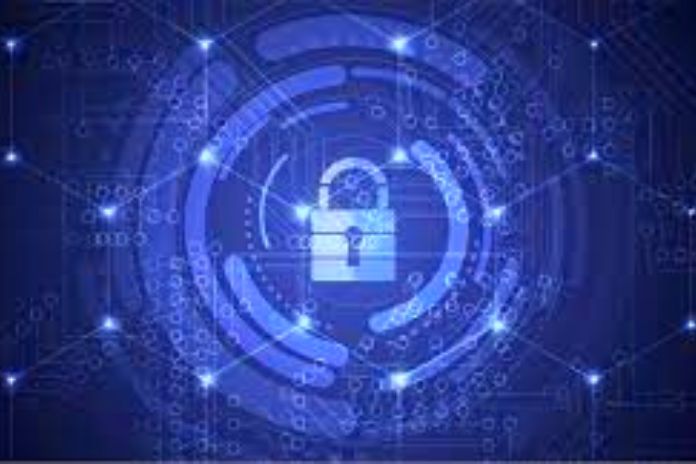Cybersecurity: The digitization of processes for generating, transmitting, and distributing electricity has grown considerably in recent years. This process is part of one of the three Ds of energy that proposes that the performance of the electric sector is more decentralized, decarbonized, and digitized.
However, as these innovations make their way into the field, cybersecurity concerns must be a priority for these companies. According to the Innovation Analyst, the warnings regarding digital security in this sector are valid precisely because of the “increased convergence between IT (Information Technology) and OT (Operational Technology), which expand the attack surface and has attracted hackers for financial gain and even political purposes.”
In this way, automated and digitized processes benefit energy companies, but they are potential targets of increasingly sophisticated and elaborate cyber attacks. Thus, knowing practices and technologies that help to strengthen digital security is more than valid. Continue reading this article to learn more about strengthening cybersecurity in the electricity sector.
What Are The Cyber Threats And Risks Faced By The Electricity Sector?
Smart grids, 5G technology, and Internet of Things devices have become increasingly frequent in the sphere of the electricity sector. In this way, cybercriminals take advantage of this digital growth to carry out virtual attacks that can compromise the entire cyberspace of these organizations. According to PwC’s Digital Trust Insights 2021 study, 58% of energy companies believed cloud services would experience cyberattack attempts within 12 months of the survey.
Alex Monteiro, a specialist at Institute, explains that the main threat feared by the sector is ransomware. This type of malware encrypts your data, blocking information traffic from the infected system. For operations to return to regular, digital offenders, ask for a high ransom, usually in cryptocurrencies, to return access to owners.
Other types of malware such as viruses, trojans, and spyware may be used. In addition, social engineering methods such as harming, phishing, vishing, and smishing are also used to destabilize systems, causing damage to the financial and reputation of companies.
What Are The Benefits Of Investing In Cybersecurity In The Electricity Sector?
The specialist from the Institute explains that investment in cybersecurity by companies in the electricity sector goes beyond the financial loss. “The company not only protects its assets but also preserves its customers and adds value to its products and services, in addition to helping them remain in compliance with the LGPD.”
Thus, the most crucial benefit of cybersecurity is to ensure the protection of information for its various audiences and those of an operational and internal nature. Thus, the return of using practices and tools that strengthen your digital security is directly linked to the excellent functioning of your organization.
Companies that still treat their cybersecurity in the background are doomed to jeopardize the protection of their transactions and systems and compromise the health of their productivity. To better understand how to perform more effective protection for your business, continue reading the article until the end.
Cybersecurity Trends For The Electricity Sector: How To Protect Your Company?
A company that intends to invest in cybersecurity needs to go beyond the use of technological tools. In the words of innovation analysts, it is essential to implement good corporate governance practices. In addition, the IA contributor lists some measures that can help strengthen cybersecurity in the electricity sector. Check it out below:
Zero Trust
This digital security model proposes a rigorous scheme through identity verification. Thus, the solution ensures that only properly authorized users and devices can access specific data and systems of a company.
data Encryption
Data encryption consists of encoding data so that unauthorized individuals cannot decipher the content of that information. Therefore, a key is required to decrypt the data contained in that communication and access the material in question.
Blockchain
Blockchain is a distributed database that keeps a permanent record of transactions and is digital crime-proof. The tool allows data security, integrity, and availability to bring processes and automation confidence.
Privacy-Enhancing Computing
To monitor and detect cyber attacks and data leaks, Privacy-Enhancing Computing involves technologies that increase information privacy and confidentiality by minimizing personal data and empowering individuals.
Also Read: What Is Deep Learning, And How To Apply It?












